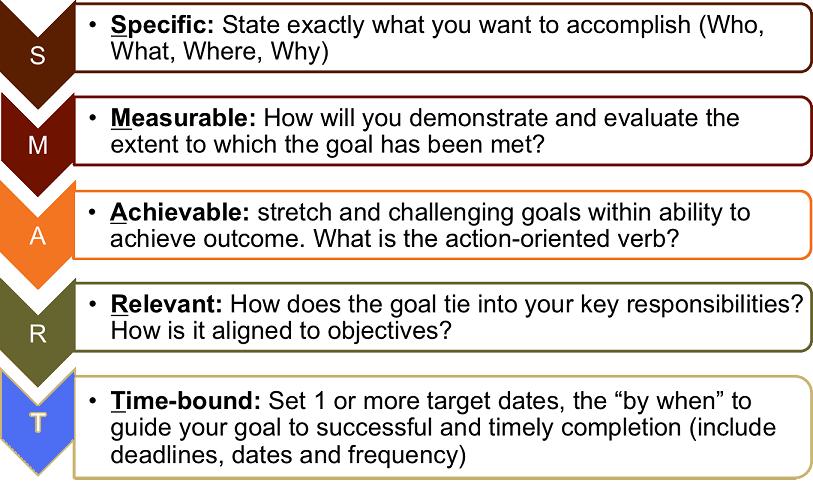So whats new for this session? Everything was new. First time in my life i was asked to watch a movie and come to class by a professor. A totally different thing in itself. It was said that the whole class will be based on it. So what is the movie all about.
Three Monks is a Chinese animated feature film, produced by the Shanghai Animation Film Studio.
The film is based on the ancient Chinese proverb "One monk will shoulder two buckets of water, two monks will share the load, but add a third and no one will want to fetch water". A noticeable point is that the film does not contain any dialogues, allowing it to be watched by any culture.
There are four stages in this movie:
a.) When only monk is present in the movie :-
From the movie, we can see that, When one monk was there, he was happy to do
work and collect water from river to the monastery. He was happy with his life
and satisfied.
b.) When another monk joined :- We can see that, when other monk joined, the first monk wishes not to do any work and asks other monk to do the work of bringing water. But when other monk demands equal distribution of work, the first monk tries to escape from work by putting weight of pot containing water towards the other monk. After much deliberation, both of them decide to share work. As a result of it, productivity increases.
c.) The arrival of third monk on the next day morning :- The arrival of a third monk prompts everyone to expect that someone else will take the work. Consequently, no one fetches water even though everybody is thirsty. At night, due to a rat, candle fells down leading to a fire in the temple. The three monks finally unite together and make a combined effort to put out the fire.
b.) When another monk joined :- We can see that, when other monk joined, the first monk wishes not to do any work and asks other monk to do the work of bringing water. But when other monk demands equal distribution of work, the first monk tries to escape from work by putting weight of pot containing water towards the other monk. After much deliberation, both of them decide to share work. As a result of it, productivity increases.
c.) The arrival of third monk on the next day morning :- The arrival of a third monk prompts everyone to expect that someone else will take the work. Consequently, no one fetches water even though everybody is thirsty. At night, due to a rat, candle fells down leading to a fire in the temple. The three monks finally unite together and make a combined effort to put out the fire.
d.) Eventually
at the end, all three monks realize that, if they work together,
they can achieve more and can be more productive. Hence, they unite together
and comes up with an innovative idea of filling water.
Lessons Learnt:-
Continuous Improvement:
Method 1 and Method 2 are the
examples of using old techniques but continuous improvements over time. It
leads to better efficiency and process improvement.
Productivity:
Method 2 brings us to an old debate Individual Vs Team Productivity. As per productivity analysis method 2 is more productive than method 1. To make it clearer, here is a table illustrating the productivity statistics in either case. Assuming 1 Man uses 1 unit of energy to lift 1 bucket.
Event
|
Output (No. of buckets)
|
Input(Worker Energy units)
|
Productivity = Output/Input
|
1 Man – 2 buckets
|
2
|
2
|
1
|
2 Men – 1 bucket
|
1
|
0.5
|
2
|
Innovation:
Transition from method 2 to method 3
is innovation. When the monastery is on fire they realise that it is
better to think in terms of team goals rather than individualistic goals. The
monk at the bottom fills the buckets, the middle monk works on pulley system
and the third monk at the top douses the fire with water in the bucket. This
shows difficult situation inspires ingenious solutions.
Responsibility:
This story teaches a gentle,
humorous lesson about responsibility. Three monks allow personal pride to
interfere with the performance of daily tasks, each believing that the other
two should be the ones to go downhill to fetch water. When a fire breaks out,
however, they understand how silly they’ve been and work together to save the
temple.
Work for each other, no selfishness:
The great Russian writer, Fyodor
Dostoyevsky, once wrote "I say let the world go to hell, but I should
always have my tea." The story of the three monks teaches us that
everyone is capable of being selfish, but doing so diminishes our ability to
cooperate with one another. People must rise among themselves and see the group
as whole. People must be deliberative in their collective decision making.
Pursuit of Excellence:
Increase in excellence directly leads to the increase in
effective productivity. Excellence can be defined as the product of efficiency
and effectiveness. Moving from method 2 to method 3 is the increase in
excellence. In the story there is no dearth of talent as all three monks are
equally capable, but still as a team they struggle.
Conclusion:
The moral of the story, a sane group
can make bad group decisions if the group dynamics is bad.







